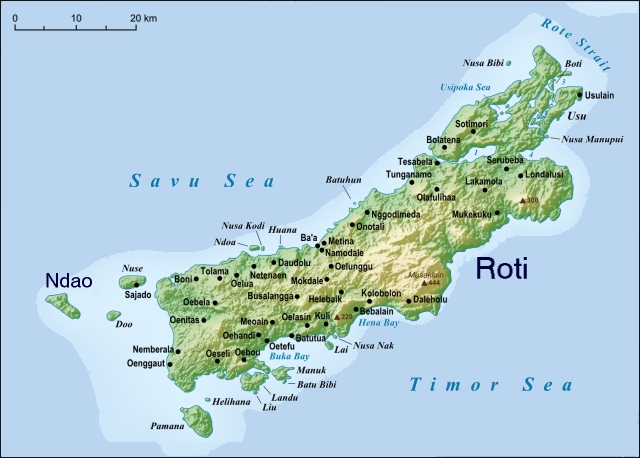 | 
IKAT FROM ROTI GROUP, INDONESIA
GALLERY 

- 003 ROTI
Lafa (shawl). Warp ikat. 1930. Village unknown.
- 006 NDAO
Blanket. Warp ikat. 1920-40
- 008 NDAO
Blanket. Warp ikat. 1920-1940
- 011 ROTI
Lafa (shawl). Warp ikat. 1925-1950. Termanu, most likely.
- 014 ROTI
Pou (sarong). Warp ikat. 1900-1925. Probably eastern part of the island.
- 042 ROTI
Lafa (shawl). Warp ikat. Circa 1950. Nemberala village in West Roti (probably).
- 107 ROTI
Lafa ina (horse blanket). Warp ikat. 1925-1940, perhaps earlier
- 125 NDAO
Lafa (shawl). Warp ikat. 1930-1940
- 127 ROTI
Pou (sarong). Warp ikat. 1940. Village unknown.
- 141 ROTI
Lafa (shawl). Warp ikat. 1930-1945. Nemberala
- 180 ROTI
Pou (sarong). Warp ikat. Early 20th c.
- 234 NDAO
Lafa (shawl). Warp ikat. 1930-1945
- 290 NDAO
Lafa (shawl). Warp ikat. 1900-1925
- 294 ROTI
Pou (sarong). Warp ikat. Late colonial
- 302 ROTI
Lafa ina (horse blanket). Warp ikat. 1940. Unidentified.
- 318 NDAO
Pou (sarong). Warp ikat. 19th or early 20th c.
- 323 ROTI
Lafa (shawl). Warp ikat. 1950-1960. Nemberala, western Roti
Roti Group
The Roti Group, lying off the coast of Western Timor, consists of a few small islands. The only two where ikat weaving is practiced are the largest of the group (which the Dutch colonial administrators originally referred to it as 'Little Savu', nowadays also called Rote) and tiny Ndao, separed from its larger neighbouring by a very dangerous sea strait. The weaving styles on the islands are distinct, but very similar. Patola imitation is the norm on both, and the best weavers produce cloths with a high degree of sophistication. Please refer to the separate chapters on these two islands:
|
Literature
As of this writing there is no monograph on the textiles of Roti. Most recent writings rely heavily on the early work of Alfred Bühler from the late 1930s and of that of ethnologist James J. Fox, an expert on this region, from the late 1970s. Two of the better sources are a short article by Fox in Textile Traditions of Indonesia, simply titled Roti, Ndao and Savu, and Figure Shark and Pattern Crocodile: The Foundations of the Textile Traditions of Roti and Ndao, his substantial contribution to Indonesian Textiles, a collection of papers in typescript edited by Mattiebelle Gittinger.
Map of Roti Group

©Peter ten Hoopen, 2025. The contents of this website are provided for personal, educational, non-commercial use only.
No part of this website may be reproduced in any form without explicit permission of the copyright holder.
|  |



